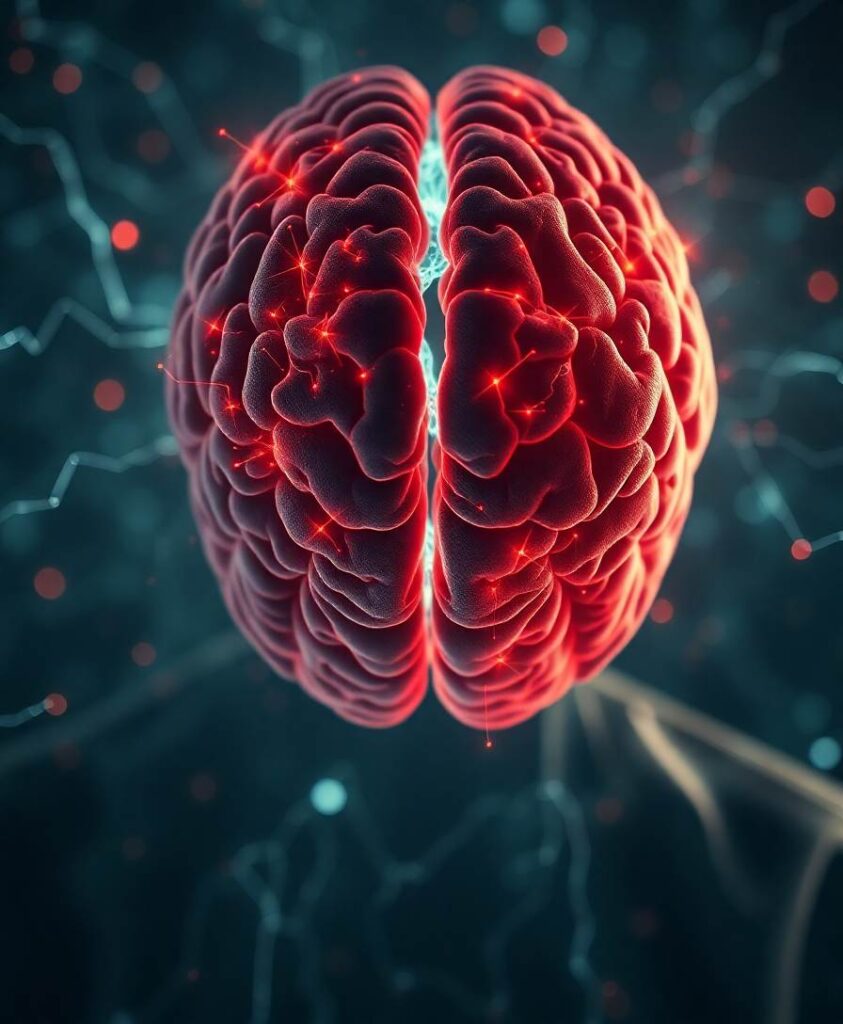IntroductionAging negatively influences the structure of the human brain including the white matter. The objective of our study was to identify, using fixel-based morphometry, the age induced changes in the pathways connecting several regions of the central auditory system (inferior colliculus, Heschl’s gyrus, planum temporale) and the pathways connecting these structures with parts of the limbic system (anterior insula, hippocampus and amygdala). In addition, we were interested in the extent to which the integrity of these pathways is influenced by hearing loss and tinnitus.MethodsTractographic data were acquired using a 3 T MRI in 79 volunteers. The participants were categorized into multiple groups in accordance with their age, auditory thresholds and tinnitus status. Fixel-based analysis was utilized to identify alterations in the subsequent three parameters: logarithm of fiber cross-section, fiber density, fiber density and cross-section. Two modes of analysis were used: whole brain analysis and targeted analysis using fixel mask, corresponding to the pathways connecting the aforementioned structures.ResultsA significantly negative effect of aging was present for all fixel-based metrics, namely the logarithm of the fiber cross-section, (7 % fixels in whole-brain, 14% fixels in fixel mask), fiber density (5 % fixels in whole-brain, 15% fixels in fixel mask), fiber density and cross section (7 % fixels in whole-brain, 19% fixels in fixel mask). Expressed age-related losses, exceeding 30% fixels, were particularly present in pathways connecting the auditory structures with limbic structures. The effect of hearing loss and/or tinnitus did not reach significance.ConclusionsOur results show that although an age-related reduction of fibers is present in pathways connecting several auditory regions, the connections of these structures with limbic structures are even more reduced. To what extent this fact influences the symptoms of presbycusis, such as decreased speech comprehension, especially in noise conditions, remains to be elucidated.






